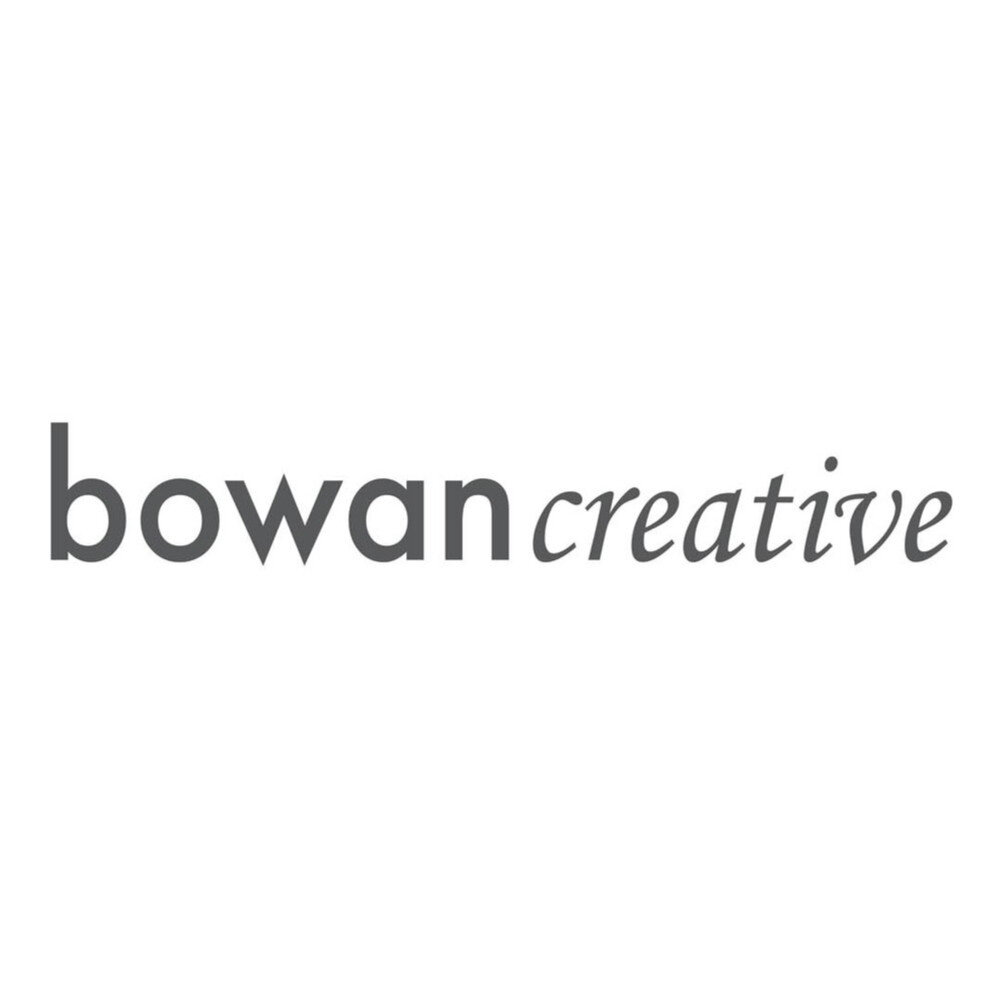
Pricing
See how much money you are potentially leaving on the table by not pricing your work correctly.
92% of creatives charge too little*
How should I price my work?
Pricing your work can be challenging as it depends on several factors, including your experience, the type of project, the client's budget, usage and licensing.
Here are some tips that may help you determine a fair and competitive price for your work:
Day Rate: Determine your day rate based on your experience, expertise, and the value you bring to the project. This can vary widely depending on your level of experience, so research what other photographers are charging in your area and consider setting a rate that is competitive but fair. Creating a rate card can be really helpful, mapping out varying fees for small, medium or large jobs, depending on how much input or production is required. You don’t need to share this with potential clients, but have it to hand when quoting on jobs, and it will remind you to be confident with your rates. Remember that your day rate is exactly that: a price for you to shoot - time spent on pre-production, including casting or finding locations, or retouching should be in addition to your day rate, as should usage, the fee to license the images.
Project Fees: For larger or more complicated projects, or where outputs are not 100% concrete, consider charging a flat fee based on an agreed scope of the project. This might include the number of images required (ring-fence by suggesting a limit e.g. “a suite of images up to XX number”), location (e.g. “up to XX number of locations within XX postcode/M25”) and post-production work (e.g. “light clean and grade, retouch to be considered out of scope”). The key here is to be crystal clear on the parameters to make sure everyone knows what is and isn’t included.
Retainers: Retainers can be a great way of establishing regular work and being able to forecast your income over a set time period, especially for clients that require a regular supply of fresh work. A retainer is typically an agreed fee for a set scope of work, e.g. XX number bespoke social media posts created monthly. Again, agree a scope of work so both you and the client are clear on what is and what isn’t included.
Usage: Usage describes how the images can be used by the client in both medium, territory and duration, and can greatly impact the value of the images, for example, a photo for a one-time print ad seen in one city will cost less to license than a multi-image advertising campaign that will be used across multiple platforms in multiple countries. There is no set formula for calculating usage, which can make it feel like a minefield sometimes, having a chat with an expert can help you navigate the murky seas.
Get the brief first: Most importantly, before you commit to any rates, be sure to get a clear and detailed brief from the client first. This should include the output, budgets, timings and usage. And when quoting, be clear about what is and isn’t included, to ensure there are no misunderstandings later.
Ultimately, pricing your work as a creative requires a balance between competitive rates and fair compensation for your time and talent. Be confident in the value that you bring, and make sure you communicate clearly what is and isn’t covered including hours onset, production costs and usage rights.
How much should I charge?
According to the Association of Photographers (AOP), the average day rate for an established advertising photographer in the UK is around £1,200-£1,500 per day, excluding expenses such as equipment rental, travel, and post-production. However, rates can vary depending on the type of project, the client's budget, and your level of experience.
It's important to note that these rates are only a general guideline, and you should determine your own rates based on your experience, expertise, and the value you bring to the project. You can also research rates charged by other photographers in your area to ensure that your rates are competitive but fair.
Ultimately, the key to determining your rate is to balance competitive rates with fair compensation for your time and talent, and to be clear with clients about your fees and the scope of the project. Be prepared to negotiate your fees if necessary, but also be clear on what you are willing to compromise on.
Choose your pricing expert
Ask, review and set your pricing to make sure you aren’t selling yourself short




